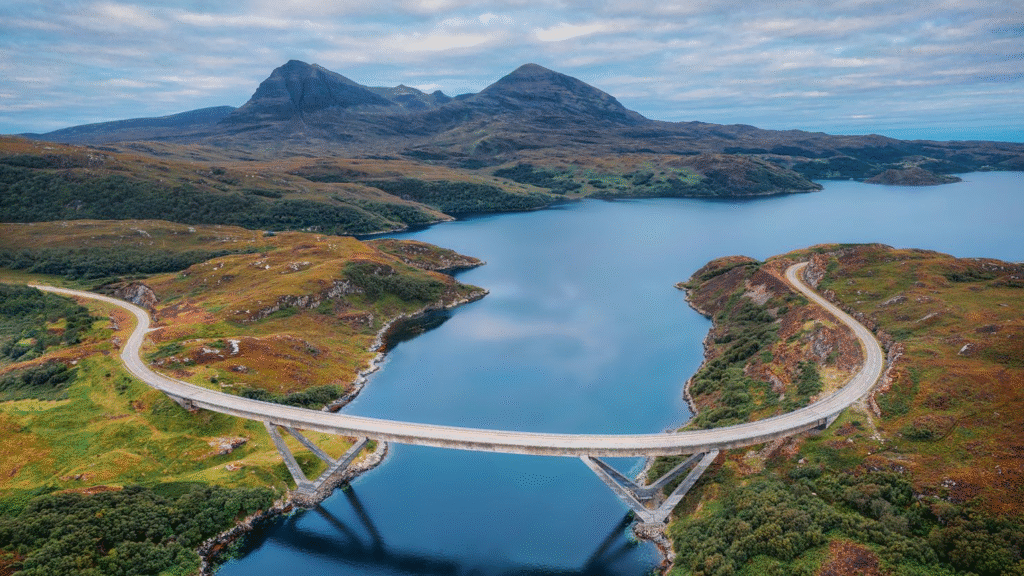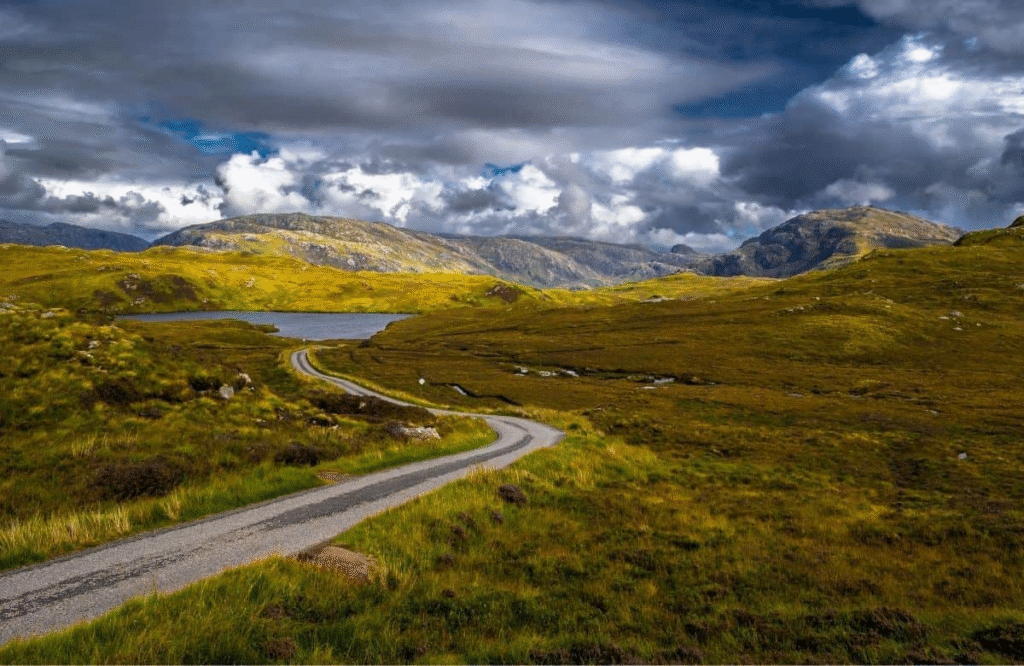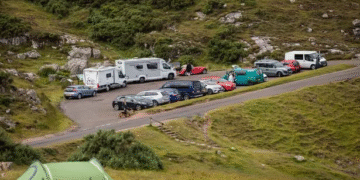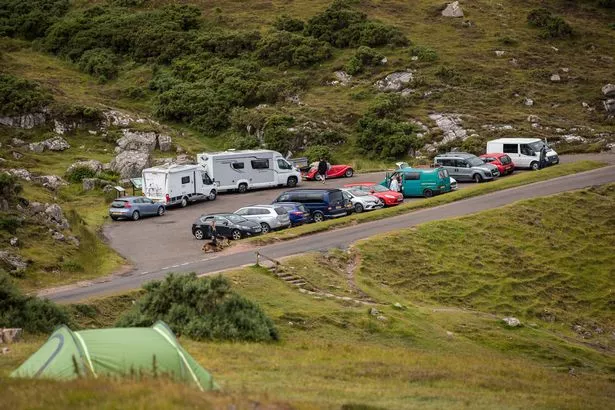An Idea Born from Neglect
A decade ago, few imagined Scotland’s craggy northern shores would become a bucket-list destination for global travelers. When the North Highland Initiative rebranded a 516-mile route through these remote lands as the “North Coast 500,” or NC500, it seemed like a long shot. I still remember the potholed roads and bleak, rain-soaked moorlands from family trips in a rusted Ford station wagon. Back then, a soggy scampi supper was the pinnacle of local cuisine. But as the NC500 grew from obscurity into an Instagram-famous phenomenon, so too did tensions between visitors and the small communities they swarmed.
The Power—and Perils—of a Name
The roads didn’t change, but the narrative did. Travel writers heaped praise on the NC500’s rugged beauty. Photos of misty cliffs, quaint villages, and lochs drenched in golden light flooded social media. In no time, the route’s traffic surged, drawing millions. Visitor numbers to the broader Highland region climbed from 5.1 million in 2012 to 8.4 million in 2023. Yet behind the dreamy photos were harsh realities: single-track roads clogged with camper vans, seafronts scarred by scorched grass from careless barbecues, and natural spots marred by makeshift toilets. Locals, once hopeful, began to see the NC500 as a textbook case of overtourism.
Resentment and Reinvention
Richard and Jane Alcorn, owners of the Aurora B&B near Thurso, welcomed the influx at first. “We saw a steady rise in guests,” Richard noted. “But more recently, we’ve had people camping in lay-bys, avoiding local businesses, and blocking views from our neighbors’ windows.” The dream of sustainable tourism—travelers staying in local lodgings and supporting small businesses—gave way to scenes of caravans bypassing towns, wild camping in protected areas, and online forums chronicling the chaos. Yet for places like Dingwall, where boarded-up shops

The Tourist Paradox
My own journey along the NC500 this spring was marked less by overtourism and more by drizzle and solitude. Camper vans were plentiful, but gridlock was absent. Restaurants and accommodations, though regimented to quick turnover, often exceeded expectations. In Scourie, I discovered Crofter’s Kitchen—a food truck run by Grant and Heather Mercer, who serve freshly caught halibut and homegrown produce. Their vision: a sustainable, family-centered business that supports local suppliers and offers authentic experiences to visitors. Tourism brought them opportunity—and purpose.
Infrastructure vs. Impact
Tourism, however, cannot patch all the holes in the Highland economy. Despite the NC500’s global fame, tourist spending in the region increased modestly, from £1.38 billion in 2012 to £1.68 billion in 2023. Local jobs depend on visitors—about one in seven in the region—but profits often don’t trickle down evenly. Since 2018, the Scottish government invested £20 million to improve rural tourism infrastructure. Still, challenges remain: motorhomes snarling narrow roads, public toilets in short supply, and concerns over environmental degradation. Critics argue that only a reduction in tourist numbers can solve these problems.

Culture and Change
Change, however, is not inherently negative. Critics claim NC500-led tourism is “steadily changing the region’s culture.” But culture evolves, shaped by people, needs, and opportunities. Grant Mercer’s vision of field-to-fork dining wouldn’t exist without visitors. Nor would Handa Island’s wildlife reserve benefit from conservation funds partly generated by tourism. The real challenge lies in balancing growth with sustainability—encouraging longer stays, respectful travel, and investments that serve both locals and visitors.
A Lesson for the Young Traveler
For today’s youth, the NC500 story offers a vital lesson: travel has power—not just to discover, but to disrupt. Seek experiences that add value, not just to your life, but to those you meet along the way. Support local businesses, learn local customs, and tread lightly. Travel isn’t just about selfies at scenic spots; it’s about understanding the ripple effects your presence creates. When you explore, ask yourself—are you leaving this place better, or worse?
Onward with Awareness
As my journey ended, I stayed at a tired hotel with polyester sheets and early morning noise. It was a far cry from the cozy spots I’d enjoyed earlier. Yet, even here, I found connection in a chance meeting with a former hotel manager, who laughed knowingly about the place’s rough edges. Tourism brings challenges—but also community, resilience, and stories worth sharing. Scotland’s NC500 has its flaws, but with mindful exploration, it can remain not a cautionary tale, but a model for better travel.
















